Creative advertising students honored at Communication Arts, winning Newhouse the second most awards of all schools worldwide
At the Communication Arts Advertising Annual 2020 Competition, 18 awards were given to students worldwide, and four of them went to Newhouse creative advertising students. Sam Luo’s name is on three, Olivia Gormley shares two with him and Cerinn Park and Marta Lala won the fourth award.

All four winning campaigns were created in advertising professor Mel White’s portfolio courses. Gormley and Luo say winning the awards felt like a victory for themselves and the professors at Newhouse, while Park says it was a confidence boost.
“It feels really good because you know how much time and effort you put into something,” Park says. “To see that get acknowledged, it’s a great feeling.”
Luo, an art director, won for “Go In Deep,” a stunning print ad campaign for Oral-B. To show that the Oral-B Glide Floss can easily fit in between teeth no matter how tight they are, a scuba diver dives, a rock climber repels and a parachuter descends in between the teeth with ease.
“This idea came to me because I was trying to make a visual analogy to sports,” Luo says.
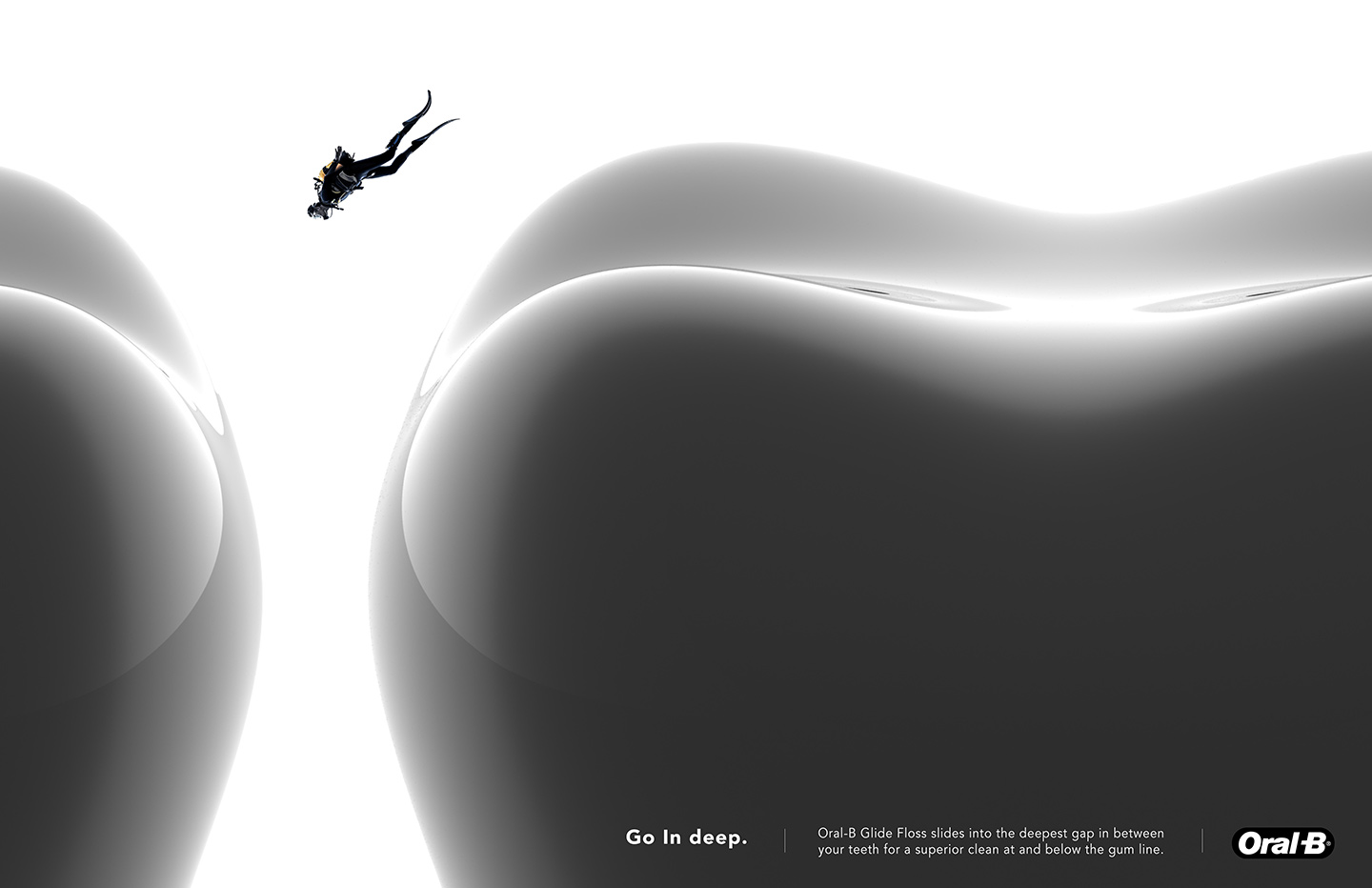
Art director and copywriter team Luo and Gormley created two award-winning campaigns that focused on social issues.
For their “Greenscreen” for Connect4Climate, they created a concept for an Amazon search filter that prioritizes eco-friendly products in the search results when activated. For example, when you search for “water bottles,” Greenscreen will show reusable water bottles before disposable ones. The brief (from D&AD New Blood) was to create a meaningful everyday change. The two say they are passionate about the environment, but Shanghai-native Luo drew from personal experiences when developing the campaign. Witnessing the consequences of climate change firsthand, including smog so bad it hides the skyline, inspired the idea of a campaign focused on how going green is simple and easily integrated into everyday routines.
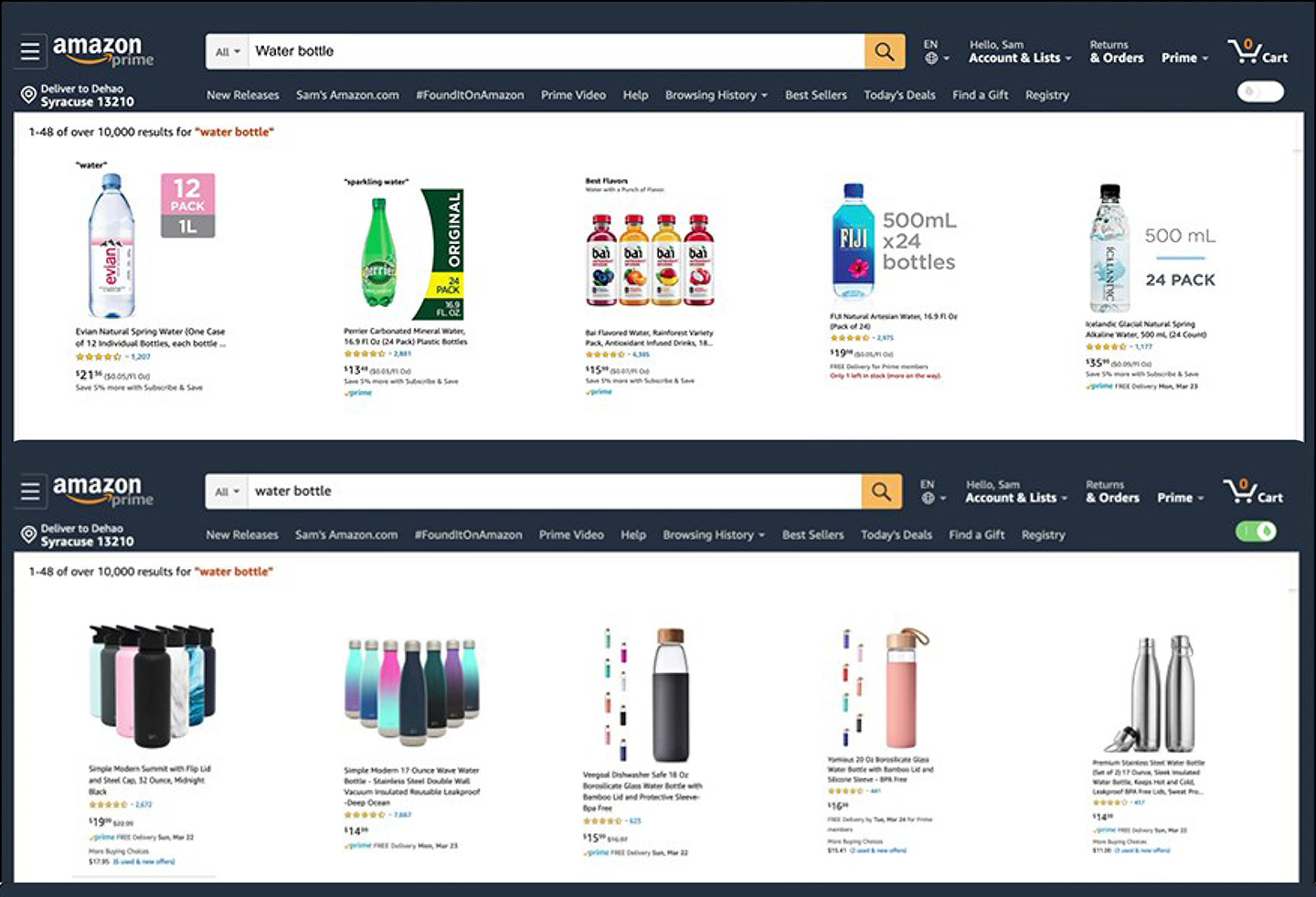
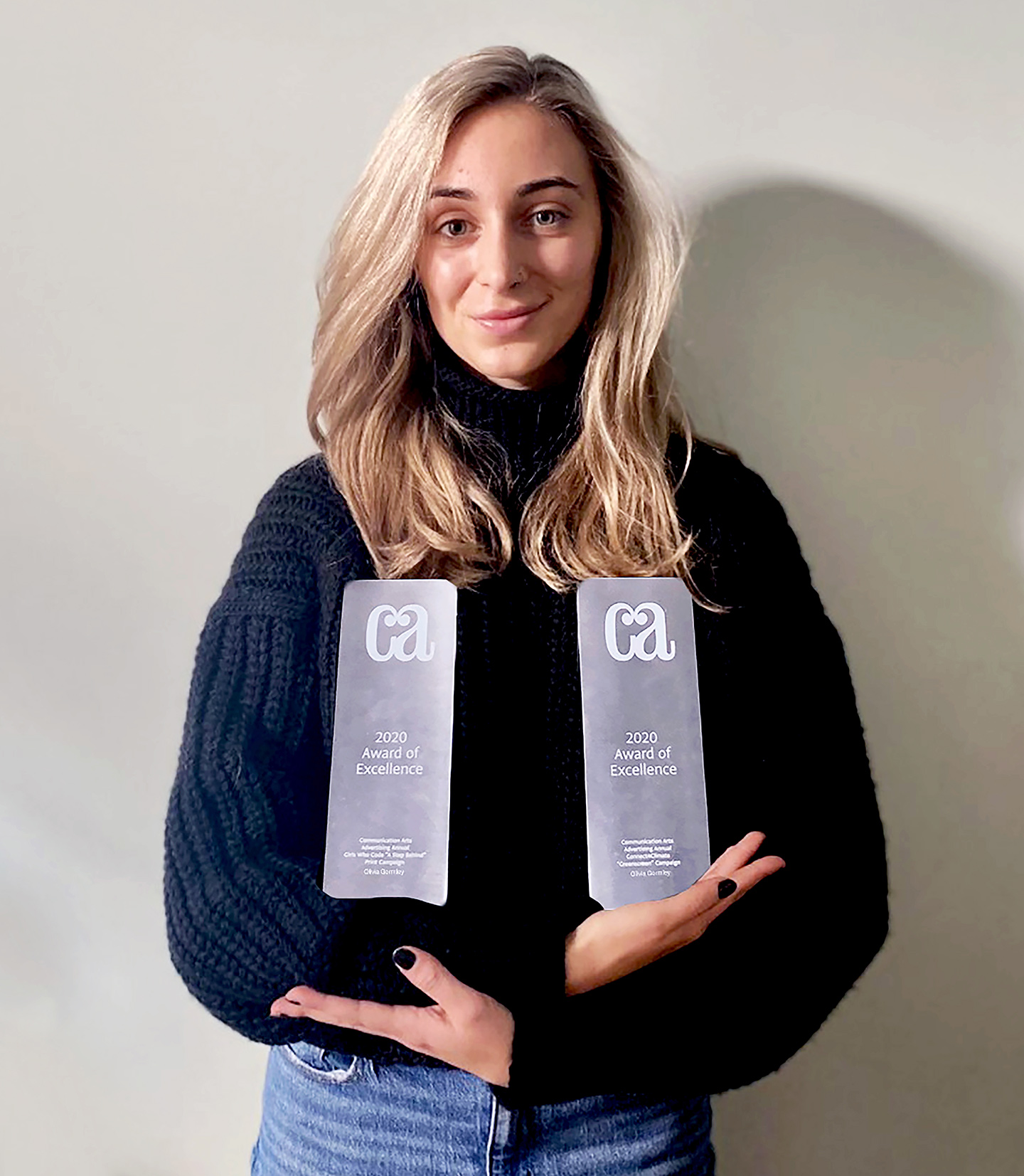
The duo’s other winning campaign, “A Step Behind” for Girls Who Code, focused on girls in STEM. The print ad campaign explores how the failure to expose girls to STEM-related problem-solving early on, like boys are, often makes it less likely for them to pursue those types of careers later in life. It featured aerial shots of an athletic track, a pool and a racetrack with one starting line further back than the rest to show that, in STEM fields, girls are behind before they even start. The campaign also gives a solution to this problem: introduce girls to problem-solving activities early on.
“Professor White has daughters in STEM and her account of their experiences provided a lot of our inspiration,” Gormley says.
White got her daughters involved in science classes, robotics and coding early on which introduced them to STEM-related problem-solving. This led to her creation of this brief for her class.
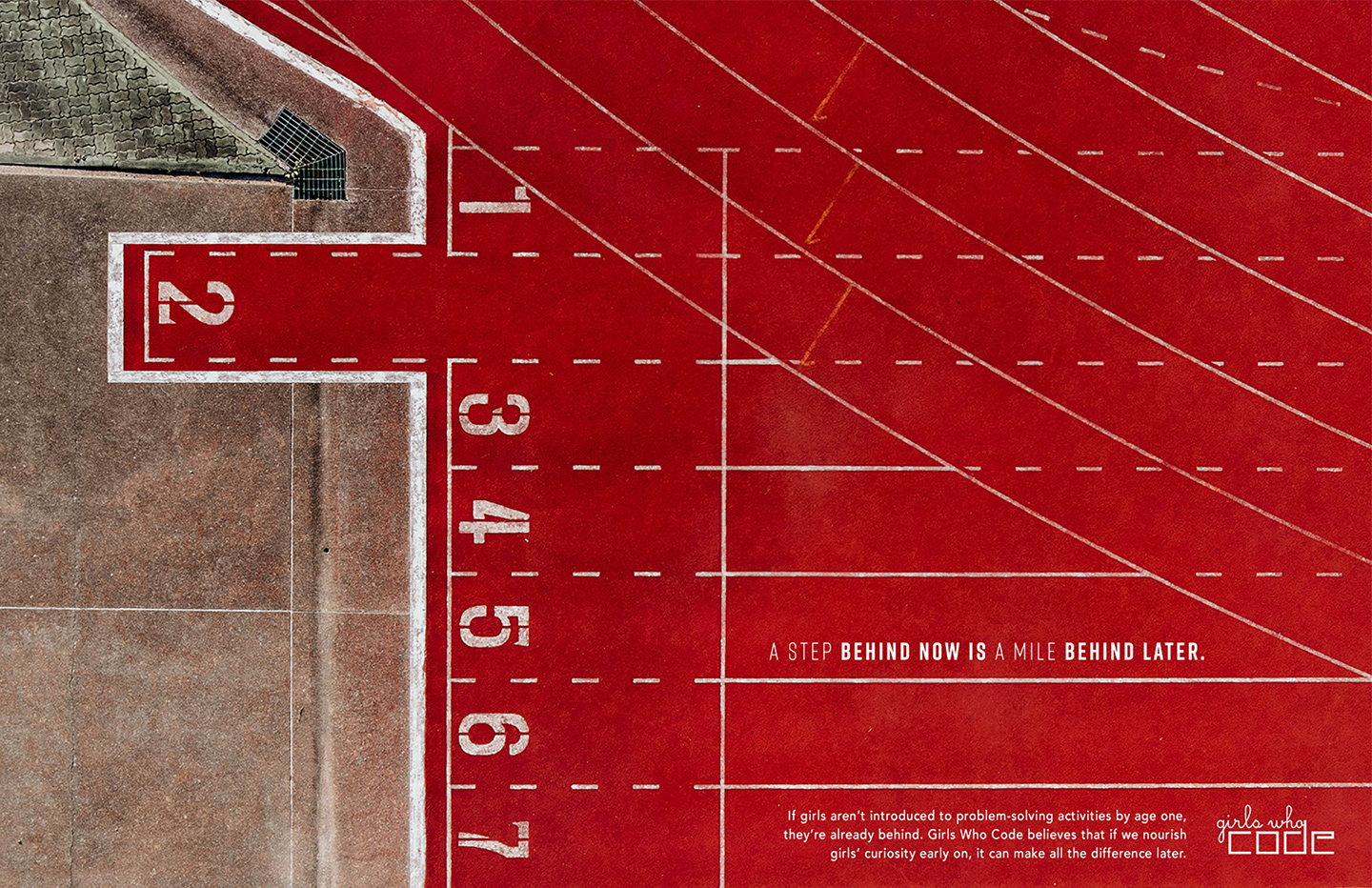
Gormley says her partnership with Luo was a big factor in the success of their campaigns.
“I think Sam and I were really good partners,” Gormley says. “I think it’s important to find someone you work well with, where you both can critique each other’s work for the better. I thought that was good and important to our process.”
Art director and copywriter team Park and Lala won the fourth award for “uTINTsil.” The brief (from Future Lions) asked students to use recent technology to create a new product or service for a global brand that solves a problem that could not be solved three years earlier and also connects the brand with its audience. The duo decided the problem they wanted to solve was food allergies in children. They selected P&G as their global brand and created the idea of recyclable plastic utensils that change color when they detect allergen molecules in food to show children it may be unsafe to consume.
“We decided to create uTINTsil, keeping school children in mind after remembering our days in elementary school and watching our classmates sit by themselves at the ‘peanut table,’” Park says. “Children at that age are more vulnerable to possible cross-contamination in hectic settings like a school cafeteria and can be forced to separate from their peers. Our idea was intended to help kids with food allergies feel safe in public places using a simple, visual product that a child could understand while providing a solution to healthier social development for those individuals.”
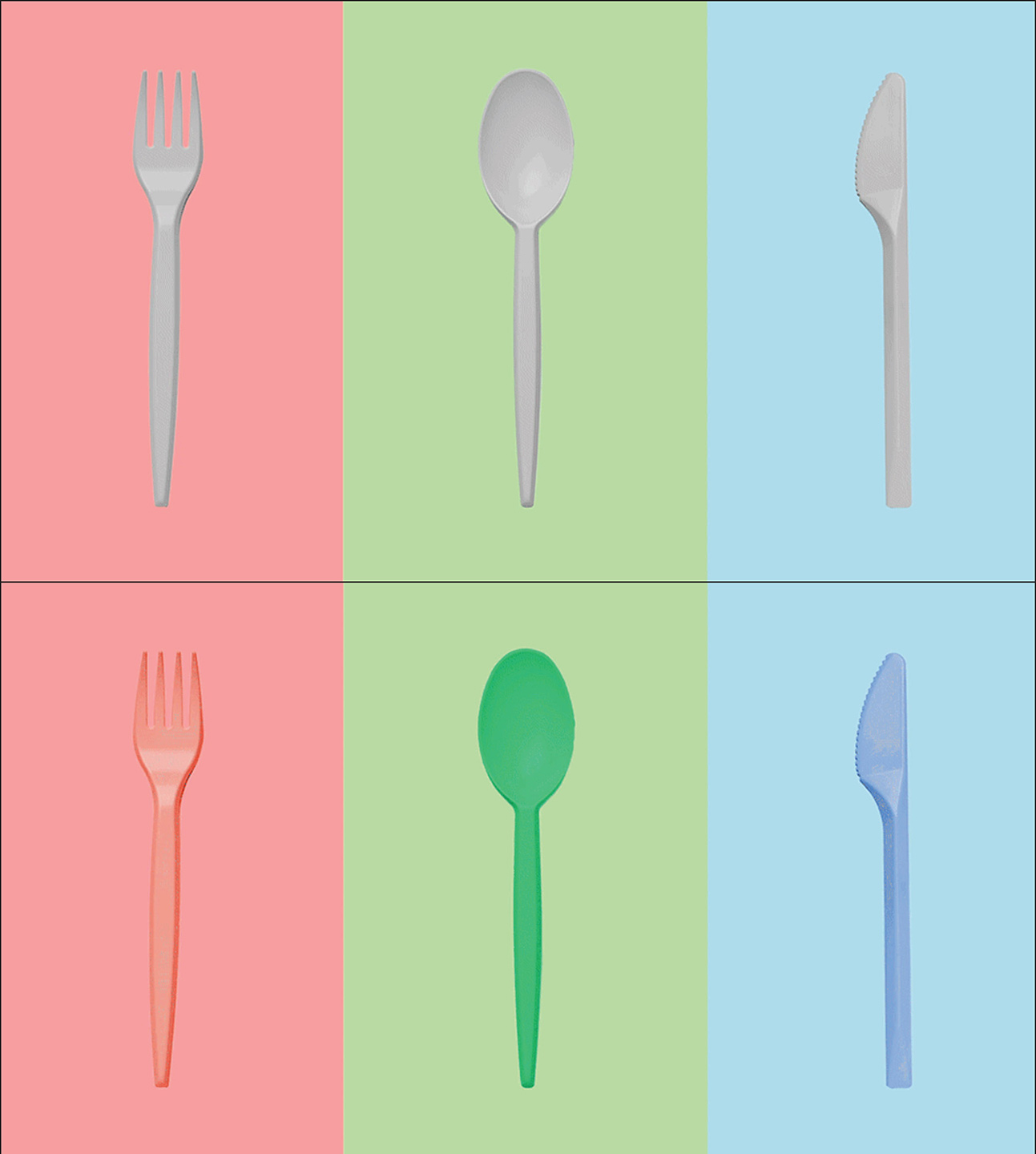
One in 13 children in the U.S. has a food allergy, so uTINTsil’s ability to change color at the first signs of cross-contamination is a fast and simple way for even a child to understand what food is safe or unsafe to eat. When searching for which technology to use, Park says they found variations of peanut allergy tools, but nothing that was combined with utensils. Lala said a lot of food allergy tools that had already been invented were not as simple as putting your fork in your food.
“Our concept for ‘uTINTsil’ goes back to the idea of, ‘How can we make this as simple as possible for kids, so they don’t die eating a peanut?’” Lala says.
White says these are the types of briefs encountered at ad agencies, and this successful experience shows how prepared Newhouse students are for the start of their careers.
“The innovative, creative problem-solving exhibited here that has been awarded at such a prestigious competition means they are ready for the ad industry,” White says.
There were three Shortlists awarded as well, which are listed below.
In addition to the award-winning campaigns, three student campaigns were short-listed:
- “ThreadSense,” Uggs, New Product & Mobile App, Sophia Jactel, art director, Jessica Miranda, copywriter
- “Deadnaming,”Apple X Glaad, AI Text Autocorrect, Kelsi Ryan, art director, Chloe Greenwald, copywriter
- “Muji,” Muji Pens, Print Campaign, Brian Chau, art director
Alyssa Hertel is a graduate student in magazine, news and digital journalism and Samantha Savery is a graduate student in arts journalism and communications at the Newhouse School.